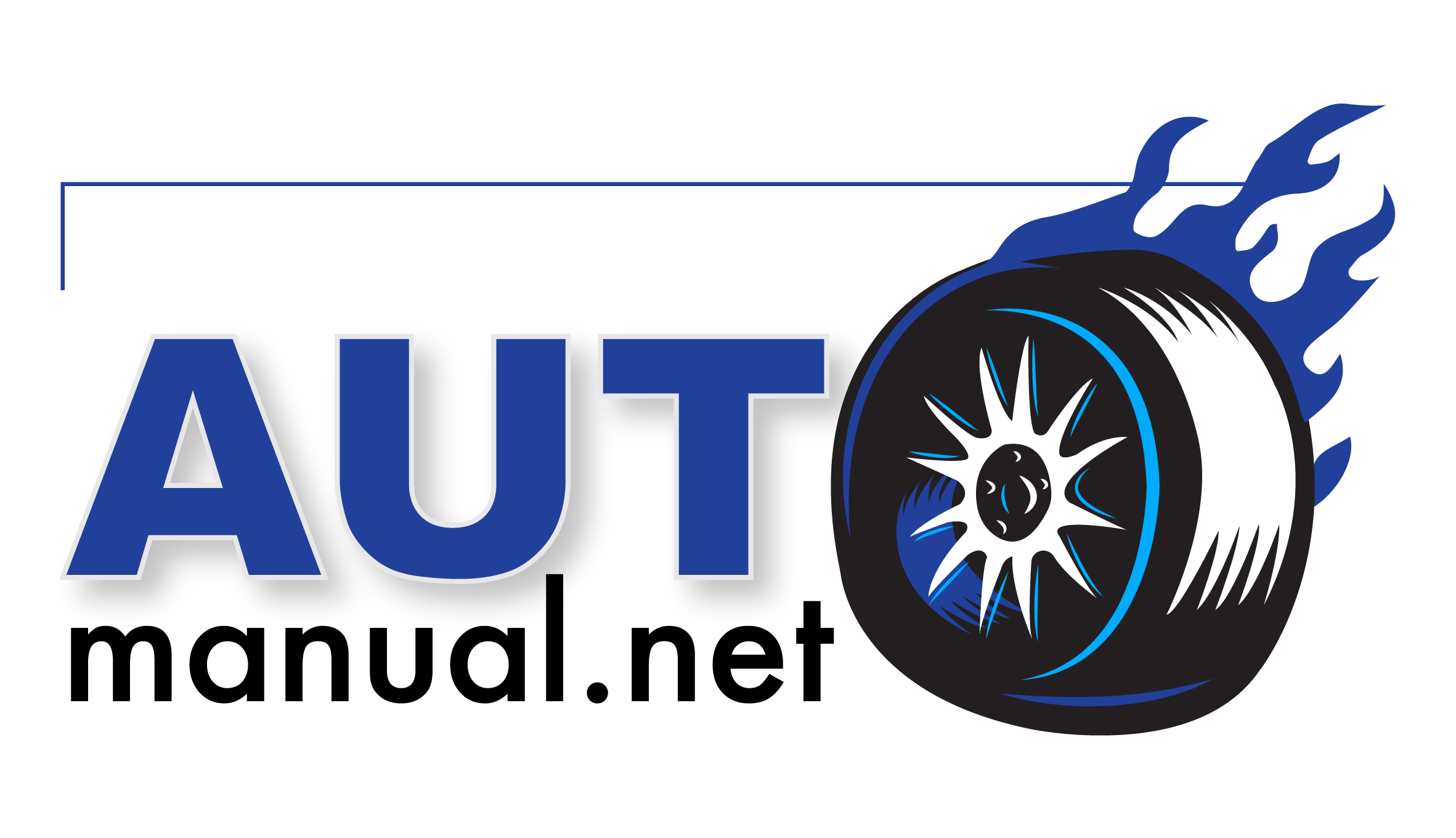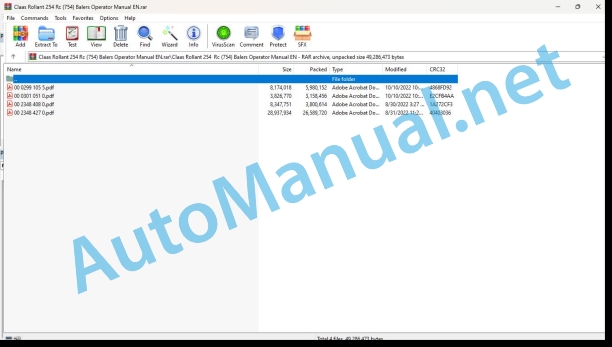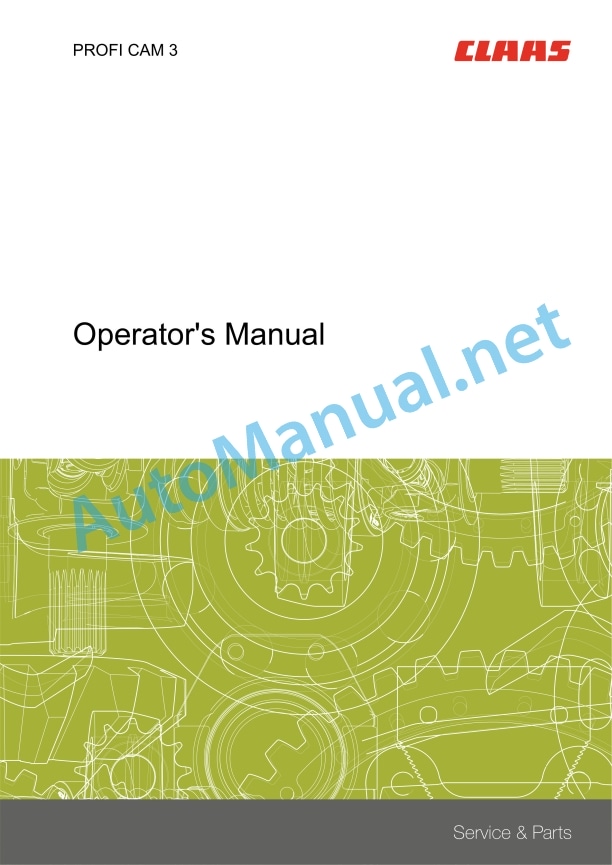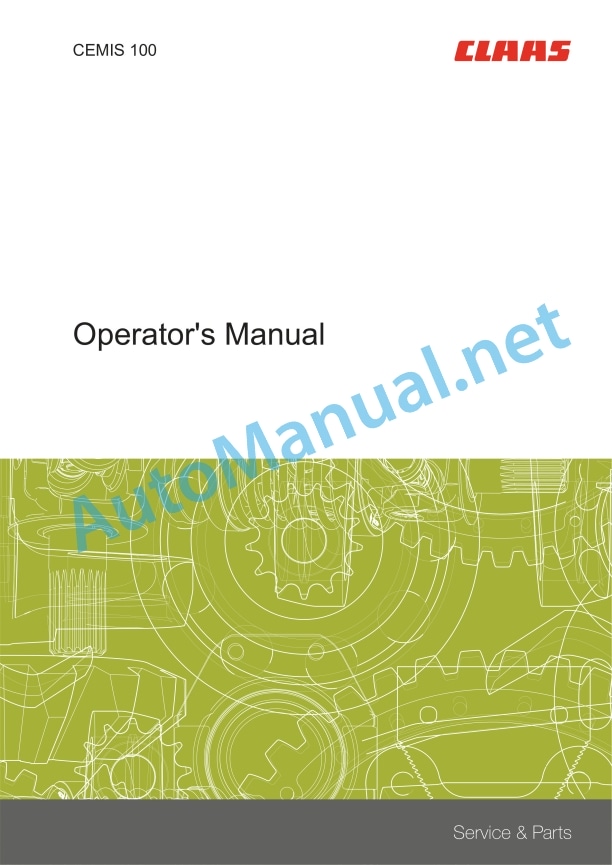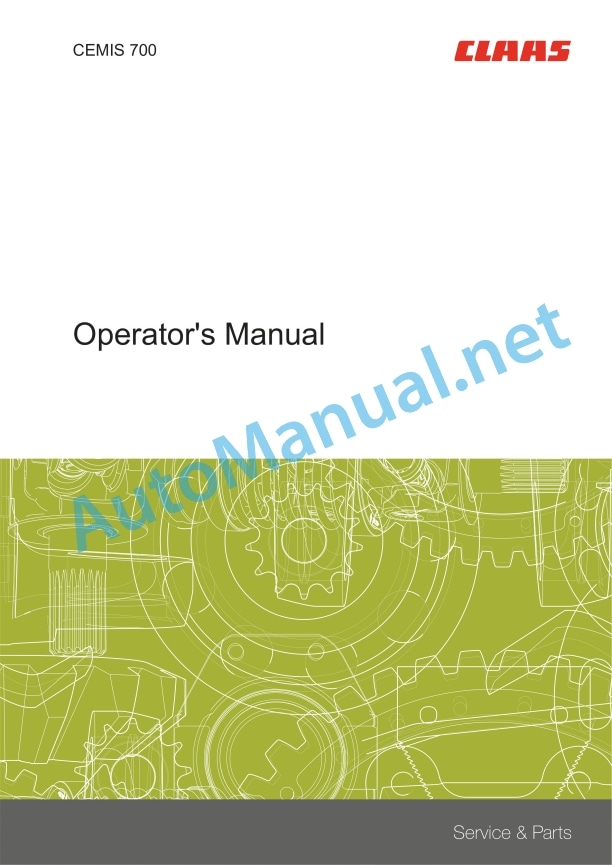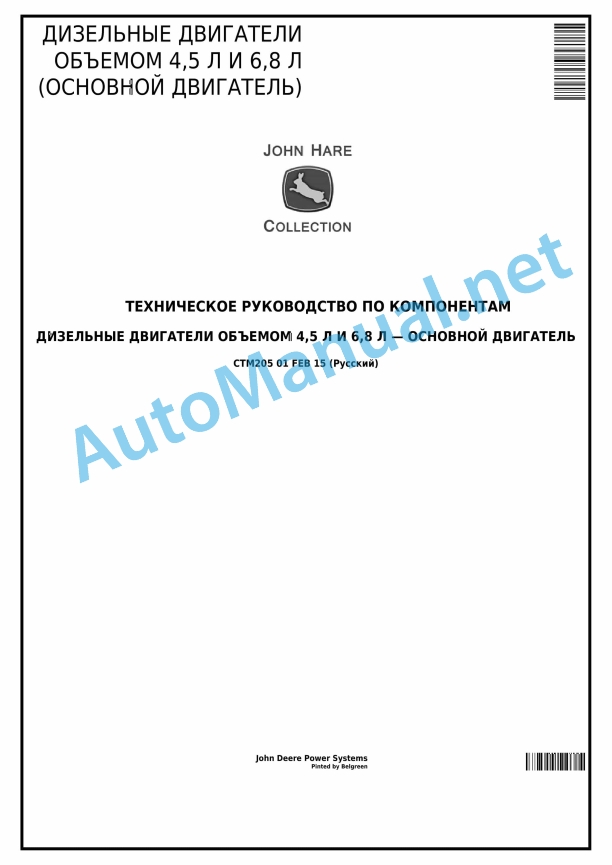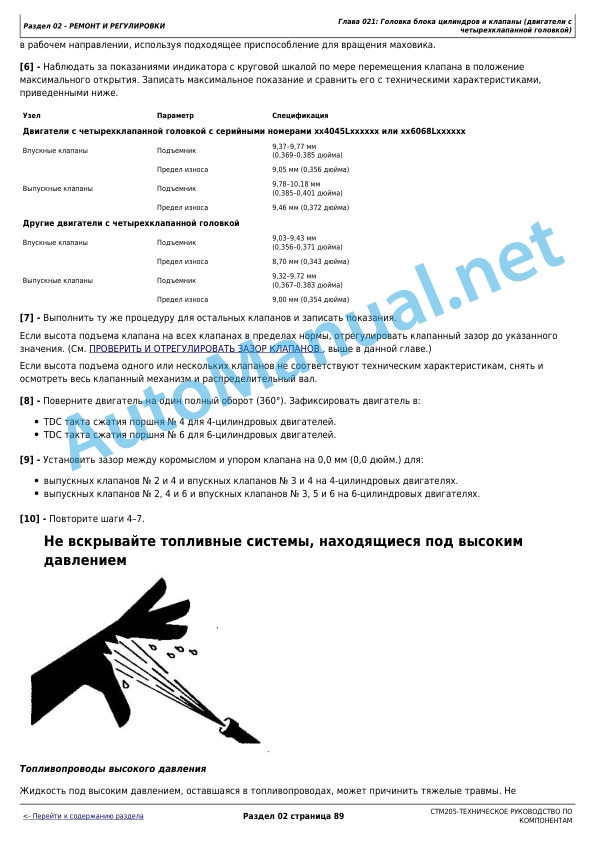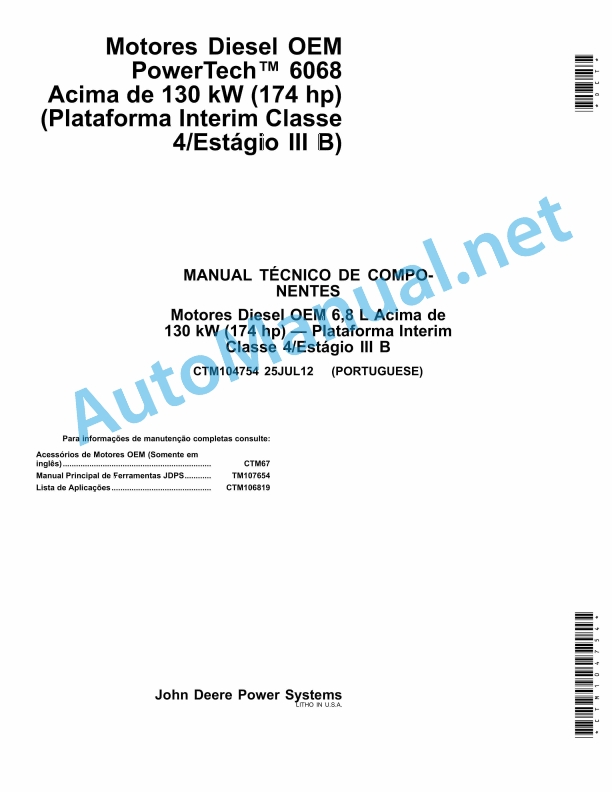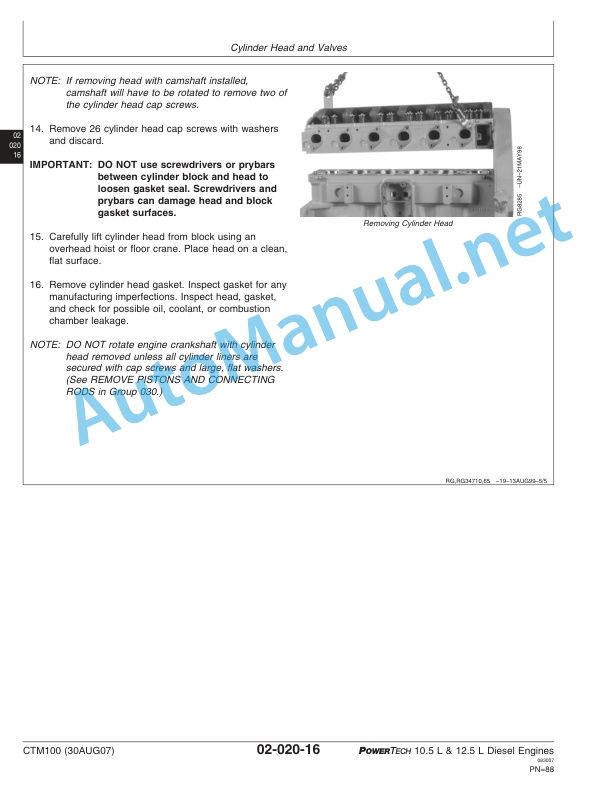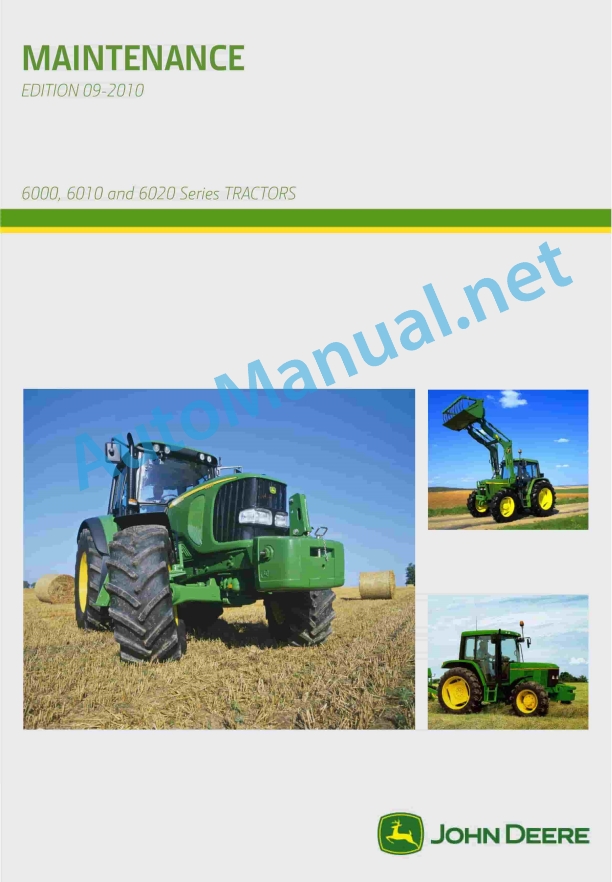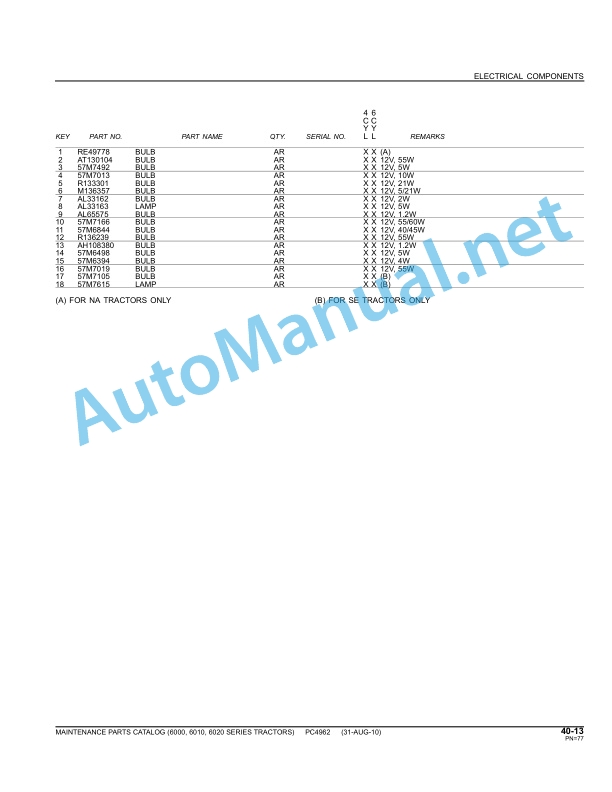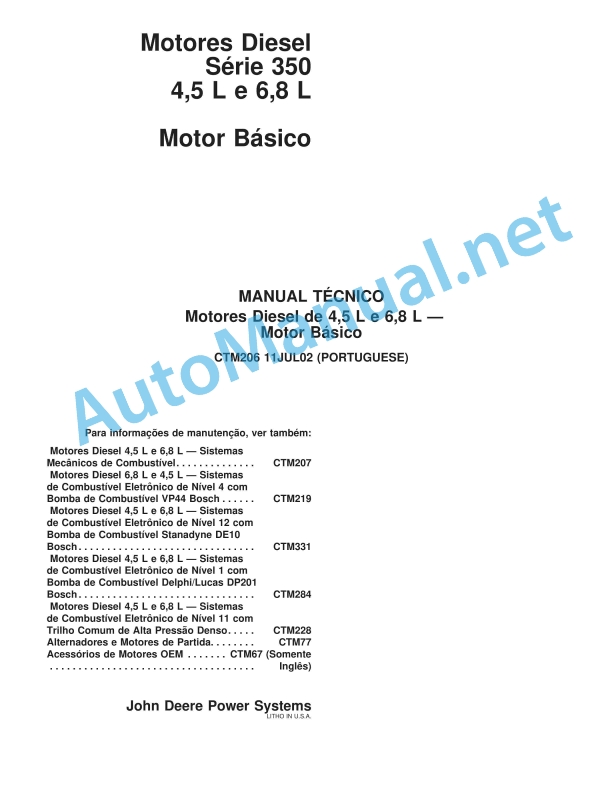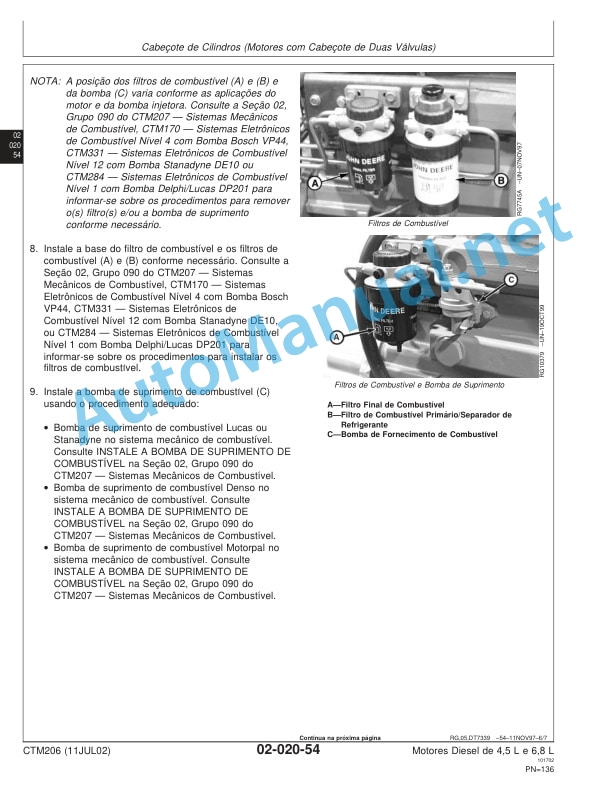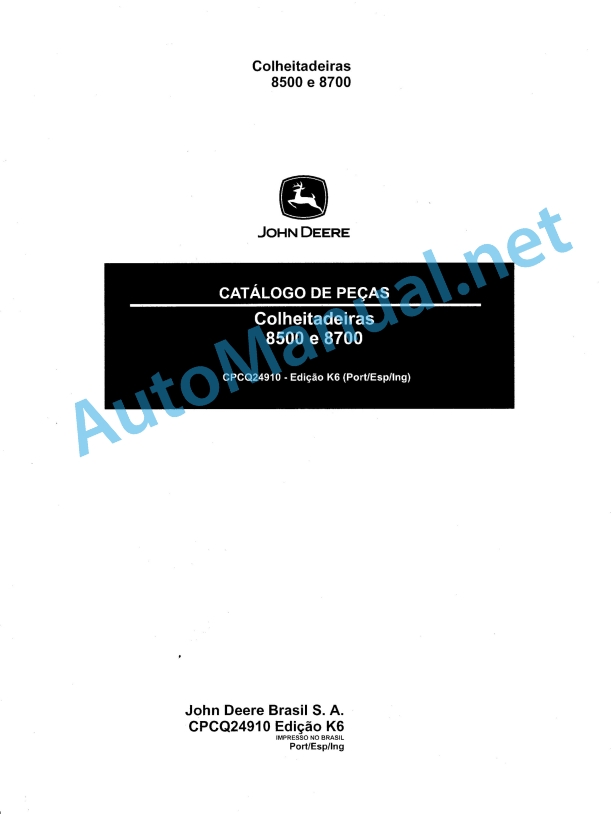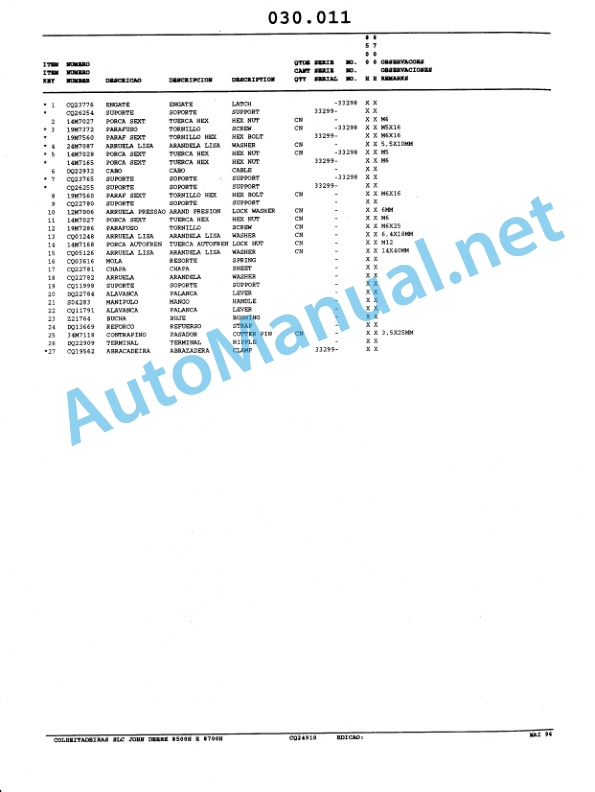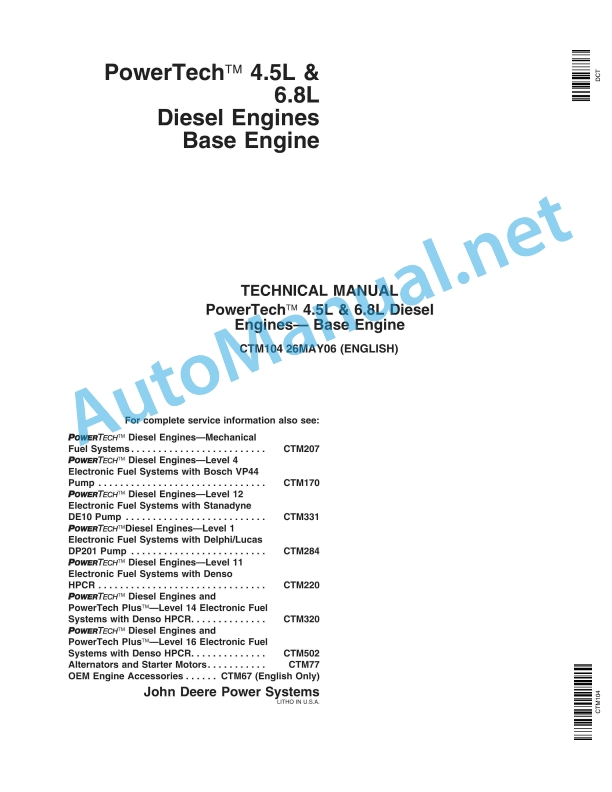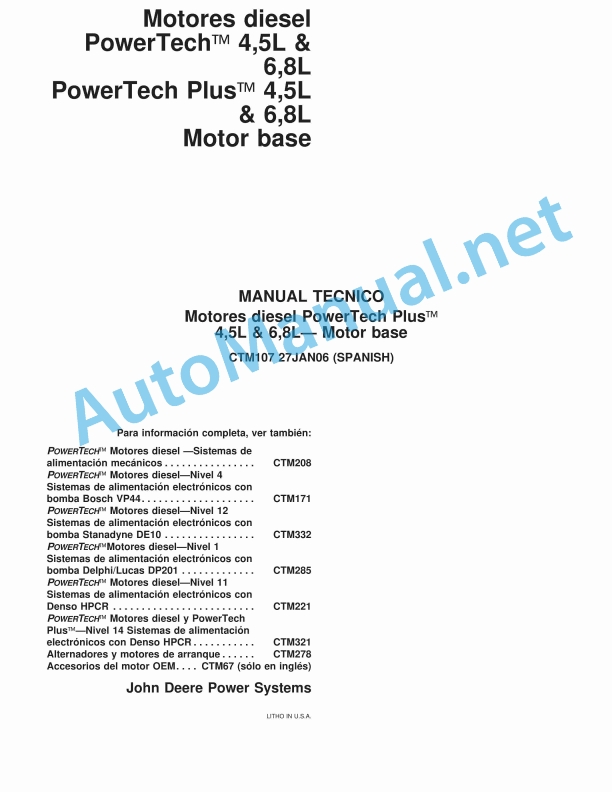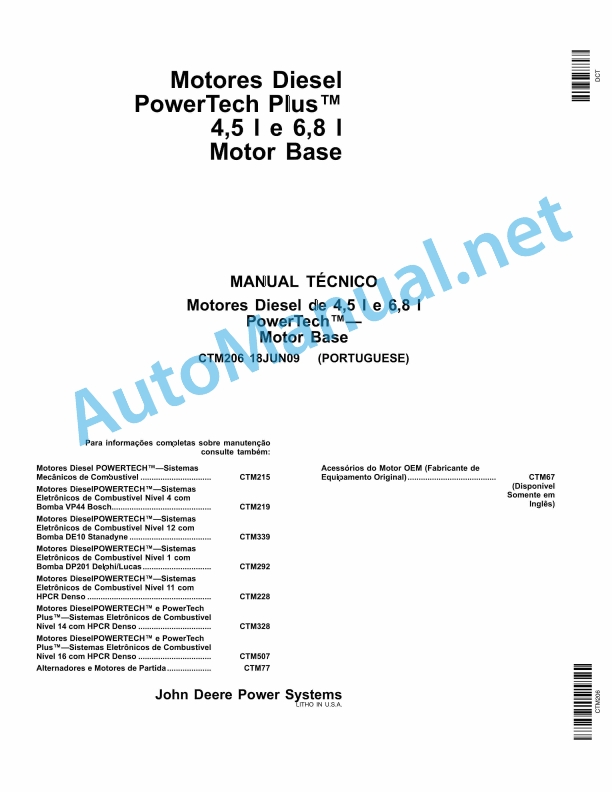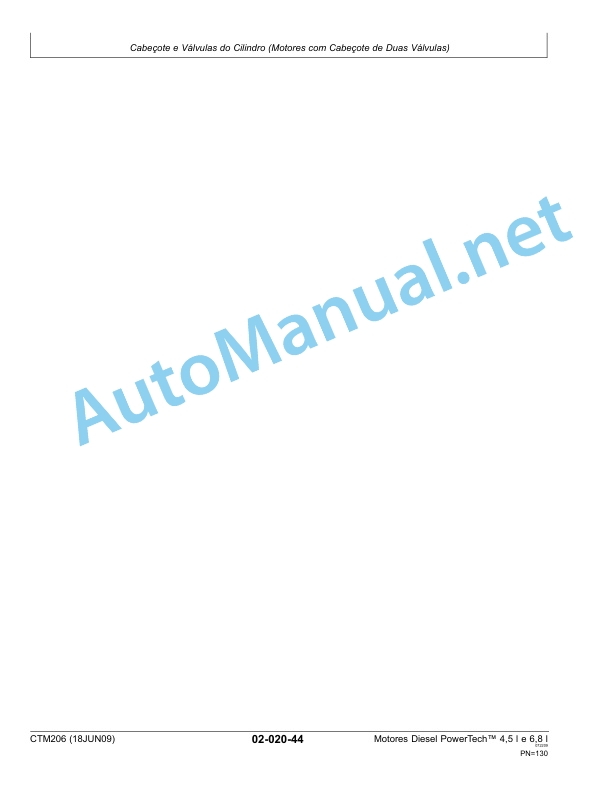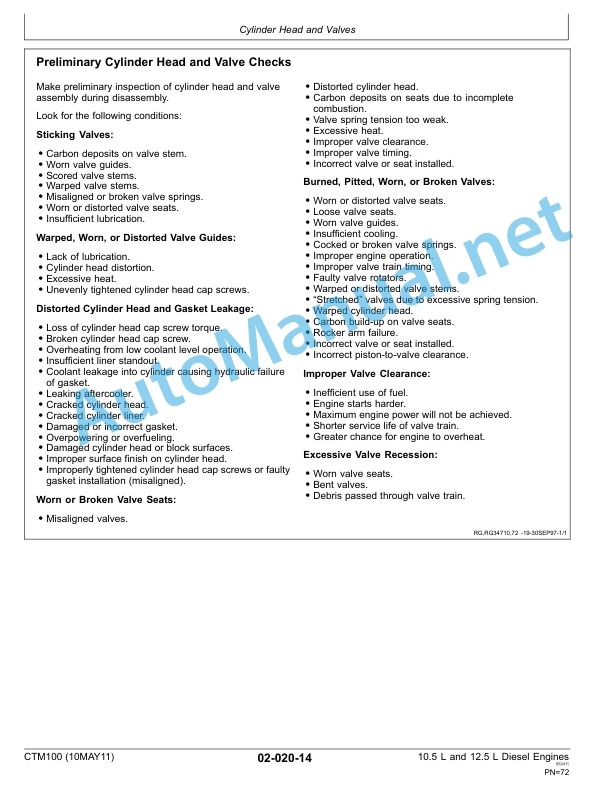Claas Rollant 254 Rc (754) Balers Operator Manual EN
$50.00
- Model: Rollant 254 Rc (754) Balers
- Type Of Manual: Operator Manual
- Language: EN
- Format: PDF(s)
- Size: 37.7 MB
File List:
00 0299 105 5.pdf
00 0301 051 0.pdf
00 2348 408 0.pdf
00 2348 427 0.pdf
00 0299 105 5.pdf:
Introduction
Introduction
Contents
Contents
General notes
Road traffic
Important
Identification plate (baler)
Machine serial number
Concerning safety
Concerning safety
Marking of warning and danger notes
Intended use
General safety and accident prevention _x0004_regulations
Hitched machines
Power take-off operation
Hydraulic system
Maintenance
Working noise of machines, Information D
Wheel chocks
Fire extinguisher (optional at Rollant 254/255)
Safety stickers with warning symbol
Technical data
CLAAS Rollant 240/250/Rollant 250/254/255 RC
Feeder mechanisms
Wrapping unit
Hydraulic system
Tractor hydraulics required
Flow rate of hydraulic oil
Electrical systems
CLAAS Rollant 240/250/Rollant 250/254/255 RC
Dimensions of the round baler
CLAAS Rollant 240/250/Rollant 250/254/255 RC
Safety features
Design and working principle
Transmission of power
Crop guard
Baffle plate
Roller crop guard
Cutting unit (ROLLANT 250/254/255 RC)
Rotor backwinding unit (ROLLANT 240/250/254/255)
Hydraulic rotor reverse device (ROLLANT 254/255 with control panel/Claas Communicator)
Hydraulic rotor reverse device from tractor (ROLLANT 250/254/255)
Bale chamber
Wrapping
Bale discharge ramp
Bale transport
Storage of round bales
Before starting operation
Check and observe before starting operation
Attach the baler
Connecting the universal drive shaft to the baler
Universal drive shaft with taper lock
Fitting the drive shaft with the CC taper lock
Jack stand
Before you hitch the baler:
Attaching to the swinging drawbar with a safety nut
Attaching to the swinging drawbar with a counter nut
Adjusting the length of the drawbar fork arms
Adjusting the hitch eye
Greasing the hitch eye
Connecting the universal drive shaft to the tractor (for swinging drawbar hitching)
Check that the two halves of the propeller shaft are intermeshed:
Shortening the propeller shaft
Attaching to the jaw-type hitch with a safety nut (In Germany only permitted with type-approved d…
Attaching to the jaw-type hitch with a counter nut
Adjusting the drawbar fork arms
Adjusting the hitch eye
Set up ball head coupling (only permitted in accordance with the customary local laws)
Attaching the universal drive shaft to the tractor (for top-fitted tow jaw)
Electrical
Control box
Standard operation
Control Terminal
Claas Communicator
Power supply
Machines with lighting equipment
Hydraulic system
Hydraulic system for standard machines
Hydraulic system of CLAAS
Before transporting the baler
Bale discharge
Installing the bale discharge
Ramp setting to signal bale ejection
Setting up the baler
Pick-up, transport and work positions
Adjusting the working height of the pick-up (pick-up without gauge wheels)
Adjusting the working height of the pick-up (pick-up with gauge wheels)
Support wheels
Pick-up crop guard
Short crop baffle
Roller crop guard
Adjusting the roller crop guard
Adjusting the roller crop guard where there are problems with the bale material feed
Driving the baler with the roller crop guard
Blockage in the roller crop guard
Cutting unit (ROLLANT 250/254/255 RC)
Blanking knives
Installing and removing the knives
Locking the knives
Knife – blanking knife holder (option)
Hydraulic baling pressure pre-adjustment
Adjusting the baling pressure with a pivoting segment
Spring tension adjustment
Safety lock for the tailgate
Ladder (for baling with net wrapping)
Wrapping
Net wrapping
Inserting the net
Raising the knife (M):
Net guide with a baffle plate:
Net guide with two baffle plates:
ROLLANT 240/250 with twine and net wrapping (Standard)
ROLLANT 254/255 with twine and net wrapping (Standard)
ROLLANT 254/255 with twine and net wrapping (High Convenience)
Engaging the drive for net wrapping ROLLANT_x0011_240/250/254/255 with standard operation:
Disengaging the twine wrapping drive ROLLANT_x0011_240/250/254/255 with standard operation:
V-belt drive for net wrapping ROLLANT_x0011_240/250/254/255 with standard controls:
Setting the number of net wraps
ROLLANT_x0011_240/250/254/255 with standard controls:
ROLLANT_x0011_254/255 with CCT:
Double twine wrapping
Twine box
Threading the twine
Threading the twine ROLLANT_x0011_240/250/254/255 with standard controls
Threading the twine ROLLANT_x0011_254/255 with CLAAS Control Terminal
Adjusting the twine wrap on the outer edges of the bale
Turn in the twine deflector
Engaging the drive for the twine wrapping mechanism ROLLANT_x0011_240/250/254/255 with standard controls:
Disengaging the drive of the net wrapping mechanism ROLLANT_x0011_240/250/254/255 with standard controls:
Setting the number of twine wraps ROLLANT 240/250/254/255 with standard controls:
Discharging bales without the bale discharge unit Only for ROLLANT_x0011_240/250/254/255 with standard …
Operation
Balers with standard Controls (ROLLANT 240/250)
Automatic twine and net wrapping
Manual net wrapping
Wrapping ends
Discharging bales
Bale counter
Switch position with net wrapping
Switch position with double twine wrapping
Manual override of automatic wrapping operation
Delay time for automatic net wrapping
Checking the delay time
Setting the delay time
Activate manual net wrapping
Blockages
Cam-type cut-out clutch – universal drive shaft (optional equipment)
Rotor reverse, manual
Rotor reverse rotation device, hydraulic (from tractor) (optional fitting for ROLLANT 250/254/255…
Cutting unit
Engaging the knives
Disengaging the knives
Switch position
Standard operation baling (ROLLANT_x0011_254/255)
Starting operation of the round baler
Automatic wrapping
Binding and ejecting bales
Laying down the bales
Bale counter
Round baler with net wrapping
Round baler with twine and net wrapping
Round baler with twine wrapping
Manual override of automatic wrapping
Trigger early wrapping
Delaying the wrapping process
Setting the delay period to automatic net binding
Cutting facility (ROTO CUT)
Swashing the knives in
Swashing the knives out
Adjusting the volume of the audible warning signal
Control-Terminal
Baling with the high convenience operation (optional for ROLLANT 254/255)
Control-Terminal – overview
Status display
Setting the type of wrapping
Start wrapping cycle manually
Delay wrapping cycle
Pick-up up / down (without floating position)
Pick-up in float position / up
Engage / disengage knives
Rotor reverse
Open / close tailgate
Job data
Settings
Set number of wraps
Call up User settings submenu
Making user settings
Setting the delay time until the start of automatic or manual wrapping
Engaging / disengaging automatic tailgate operation
Manual override of automatic tailgate operation
Recharge pressure
Clean knives
Select language
Bale wrapper
Daily and overall counter
Reset maintenance display
Reset daily counter
Special counter
Start special counter
Correct bale count
Reset job
Fault display
Error display in text mode
Switch off warning signal
Delete fault
Application example
CLAAS COMMUNICATOR
Overview – CLAAS COMMUNICATOR (ROLLANT 254/255 optional)
Switching on the Claas Communicator
Overview – Claas Communicator
Incremental encoder and keys
Incremental encoder
Softkeys
Navigational keys for the menu
Main menu
Application menu
Work functions
Information window lication menu
Setup menu
Functions in the settings menu
Functions with set parameters
Counter menu
Main menu
Display window current job
Fault menu
System information menun
Operator settings
Select type of wrapping
The baler may be equipped with two wrapping systems: Net wrapping and twine wrapping.
Setting the number of net windings
Setting the twine length
Setting the delay between end of baling and start of net wrapping
Setting the automatic opening of the tailgate
Setting the recharging of the baling pressure in the hydraulic cylinder
Knife cleaning sequence
Settings in the counter menu
Selecting job orders
Resetting the work record counter
Resetting the daily counter
Resetting the service display
Fault display
Main menu Service
Opening the service menu
System information menu
Image adjustment menu
Setting the ntrast
Setting the brightness
Time and date menu
Setime or date
Memory management menu
Administration of the saved projects
Reduce conflicts between the baler and the tractor
Language selection menu
Setting the language
Aux. menu
Pre-settings
Pick-up function
Activate cutting unit
Checking the position of the cutting unit
Standard machines:
Cutting unit active
Cutting unit deactivated
Recharging the cylinder pressure starting with the first bale
Process for activating the function starting with the first bale
Turn rotor back
Procedure of turning back the rotor:
Baling and wrapping
Automatic twine wrapping
Automatic net wrapping
Manual wrapping – twine wrapping and net wrapping
Triggering early wrapping
Delaying the wrapping process:
Bale output
Automatic opening of tailgate
Opening the tailgate manually
Procedure:
Fault in the bale chute
Manual output of bales:
States of the baler
Twine wrapping without recharging the pressure
Net wrapping without recharging the pressure
Faults and remedies
Faults, Cause or remedy
Twine wrapping
Net wrapping
After use
Unhitching the baler
Wheel chocks
Parking support
Control box
Standard operation
Control panel (ROLLANT 254/255 optional)
Claas Communicator (ROLLANT 254/255 optional)
Removing the hydraulic hoses and cables
Propshaft
Castor gauge wheels (ROLLANT 250/254/255)
Maintenance
Important notes on maintenance
General notes on maintenance
Maintenance and lubricant charts
Maintenance table
Lubricants table
Drive system
Shearing bolt on main drive (optional for ROLLANT 240/250/254)
Shear bolt pick-up drive
Angle drive gearbox
Adjusting the tension of the drive chains
Tensioning the pick-up drive chain
Adjusting the chain tensioner
Spring-loaded cylinder for bale forming roller drive – tailgate
Spring-loaded cylinder for the bottom bale forming roller drive
Adjusting the spring-loaded cylinder for the front bale forming roller drive
Adjustment of tension springs
Adjusting the tension spring for the net roll tensioning clamp (Adjustment done without net roll)
Tension spring (F) (Adjustment done without net roll)
Adjusting the tension spring for the net brake
Adjusting the pressure springs for the pressure roller
Adjusting the tensioning device for the net knife
Adjusting the twine tensioner
Adjusting the twine knife control
Lubrication system
Automatic chain lubrication
Mechanical lubrication of the central chain (Rollant 254/255 – Option)
Overview of the mechanical lubricating pump
Making adjustments to the mechanical lubricating pump
Lubricant
Bearings to be greased and main lubrication installation (at ROLLANT 254/255 – option)
Automatic central lubrication of the bearing (Rollant 254/255 – Option)
Overview
Adjusting the flow rate
Possible flow rate:
Increasing the flow rate
(Fig._x0011_11)
Reducing the flow rate
Setting the stop on the grease pump
Filling the grease container
Cutting unit
Adjusting the height of the cutting knives (ROLLANT 250/254/255 RC)
ROLLANT 254/255 – from 75400181/74802194
Hydraulic oil filter (machine with filter system)
Bleed valve combination with pressure limiting valve
Equipment
Fire extinguisher (Rollant 254/255 optional)
Clean the rollers (Rollant 254/255)
Check tight fit of wheel nuts
Monitoring intervals
Procedure:
Setting (locking) the bearing clearance
Proposals for winter storage
Lubrication plan
Lubricants and notes
Glossary
Glossary
00 0301 051 0.pdf:
PROFI CAM 3
Table of contents
1 Introduction
1.1 Notes on the manual
1.1.1 Validity of manual
1.1.2 Information about this Operator’s Manual
1.1.3 Symbols and notes
1.1.4 Optional equipment
1.1.5 Qualified specialist workshop
1.1.6 Maintenance information
1.1.7 Warranty notes
1.1.8 Spare parts and technical questions
1.2 Intended use
1.2.1 Intended use
1.2.2 Reasonably foreseeable misuse
2 Safety
2.1 Identifying warnings
2.1.1 Hazard signs
2.1.2 Signal word
2.2 Safety rules
2.2.1 Meaning of Operator’s Manual
2.2.2 Observing safety decals and warnings
2.2.3 Optional equipment and spare parts
3 Product description
3.1 Overview and method of operation
3.1.1 How the PROFI CAM works
3.2 Identification plates and identification number
3.2.1 Position of identification plates
3.2.2 Explanation of PROFI CAM identification plate
3.3 Information on the product
3.3.1 CE marking
4 Operating and control elements
4.1 Camera system
4.1.1 Camera system monitor
4.2 Menu structure
4.2.1 Main menu
4.2.2
4.2.3
4.2.4
4.2.5
4.2.6
5 Technical specifications
5.1 PROFI CAM
5.1.1 Monitor
5.1.2 Camera
5.1.3 Switch box
5.1.4 Degree of protection against foreign bodies and water
6 Preparing the product
6.1 Shutting down and securing the machine
6.1.1 Switching off and securing the machine
6.2 Prior to operation
6.2.1 Carry out prior to operation
6.2.2 Installing the sun protection
6.2.3 Aligning the camera
6.2.4 Connecting the camera electrics
7 Operation
7.1 Monitor
7.1.1 Switching on the monitor
7.1.2 Calling up the menu
7.1.3 Setting a menu item
7.1.4 Setting the image orientation
7.1.5 Setting automatic screen darkening
7.1.6 Image mirroring
7.1.7 Setting the trigger view
7.1.8 Setting the follow-up time for trigger view
7.1.9 Setting the display mode
7.1.10 Activating/deactivating a display mode
8 Faults and remedies
8.1 Electrical and electronic system
8.1.1 Overview of problems on PROFI CAM camera system
8.1.2 Replacing the switch box fuse
9 Maintenance
9.1 Maintenance intervals
9.1.1 Every 10 operating hours or daily
9.2 Camera system
9.2.1 Checking the camera system for dirt
9.2.2 Cleaning the camera
9.2.3 Cleaning the switch box
9.2.4 Cleaning the monitor
10 Placing out of operation and disposal
10.1 General Information
10.1.1 Putting out of operation and disposal
11 Technical terms and abbreviations
11.1 Abbreviations
11.1.1 Units
11.1.2 Abbreviations
11.1.3 Technical terms
00 2348 408 0.pdf:
CEMIS 100
Table of contents
1 Introduction
1.1 General information
1.1.1 Validity of the manual
1.1.2 Information about this Operator’s Manual
1.1.3 Symbols and notes
1.2 Intended use
1.2.1 Intended use
1.2.2 Reasonably foreseeable misuse
2 Safety
2.1 Safety rules
2.1.1 General safety and accident prevention regulations
2.1.2 Interaction between terminal and machine or tractor
2.1.3 Electrocution by electrical system
3 Product description
3.1 Overview and method of operation
3.1.1 Overview of CEMIS 100
3.1.2 Function principle of CEMIS 100
3.2 Identification plates and identification numbers
3.2.1 Spare parts and technical questions
3.2.2 Identification plate of CEMIS 100
4 Operating and display elements
4.1 CEMIS 100
4.1.1 User interface for LINER
4.1.2 User interface for ROLLANT
4.1.3 User interface for UNIWRAP
5 Technical specifications
5.1 CEMIS 100
5.1.1 Specification
6 Operation
6.1 CEMIS 100
6.1.1 Operating the CEMIS 100
6.1.2 Switching CEMIS 100 on
6.1.3 Switching CEMIS 100 off
7 Maintenance
7.1 CEMIS 100
7.1.1 Daily
8 Putting out of operation and disposal
8.1 General information
8.1.1 Removal from service and disposal
9 Technical terms and abbreviations
9.1 Terms and explanations
9.1.1 Technical words
9.1.2 Abbreviations
00 2348 427 0.pdf:
CEMIS 700
Table of contents
1 Introduction
1.1 General information
1.1.1 Validity of the manual
1.1.2 Information about this Operator’s Manual
1.1.3 Symbols and notes
1.2 Intended use
1.2.1 Intended use
1.2.2 Reasonably foreseeable misuse
2 Safety
2.1 Safety rules
2.1.1 General safety and accident prevention regulations
2.1.2 Interaction between terminal and machine or tractor
2.1.3 Electrocution by electrical system
3 Product description
3.1 Overview and method of operation
3.1.1 Overview of CEMIS 700
3.1.2 Function principle of CEMIS 700
3.2 Identification plates and identification numbers
3.2.1 Spare parts and technical questions
3.2.2 Identification plate of CEMIS 700
4 Information on the product
4.1 Software version
5 Operating and display elements
5.1 CEMIS 700
5.1.1 User interface
5.1.2 Terminal program
6 Technical specifications
6.1 CEMIS 700
6.1.1 Specification
7 Operation
7.1 CEMIS 700
7.1.1 Operating the CEMIS 700
7.1.2 Switching CEMIS 700 on
7.1.3 Switching CEMIS 700 off
7.2 Terminal settings
7.2.1 Making settings
Making settings with the rotary button
Making settings with the touch function
7.2.2 Setting the screen lighting
Daytime mode
Nighttime mode
Activating automatic key lighting
7.2.3 Setting the time and date
7.2.4 Displaying diagnosis information
On-board power supply voltage display
Display of CLAAS ISOBUS ECU address and name
7.2.5 Setting the language and display formats
Setting the language
Setting display formats
7.2.6 Setting the volume
7.2.7 Deleting an ISOBUS implement
8 Maintenance
8.1 Maintenance
8.1.1 Daily
9 Putting out of operation and disposal
9.1 General information
9.1.1 Removal from service and disposal
10 Technical terms and abbreviations
10.1 Terms and explanations
10.1.1 Technical words
10.1.2 Abbreviations
John Deere Repair Technical Manual PDF
John Deere Repair Technical Manual PDF
John Deere Repair Technical Manual PDF
John Deere Repair Technical Manual PDF
John Deere Parts Catalog PDF
John Deere Harvesters 8500 and 8700 Parts Catalog CPCQ24910 Spanish
John Deere Repair Technical Manual PDF
John Deere Repair Technical Manual PDF
John Deere Repair Technical Manual PDF
John Deere Repair Technical Manual PDF
John Deere PowerTech M 10.5 L and 12.5 L Diesel Engines COMPONENT TECHNICAL MANUAL CTM100 10MAY11
